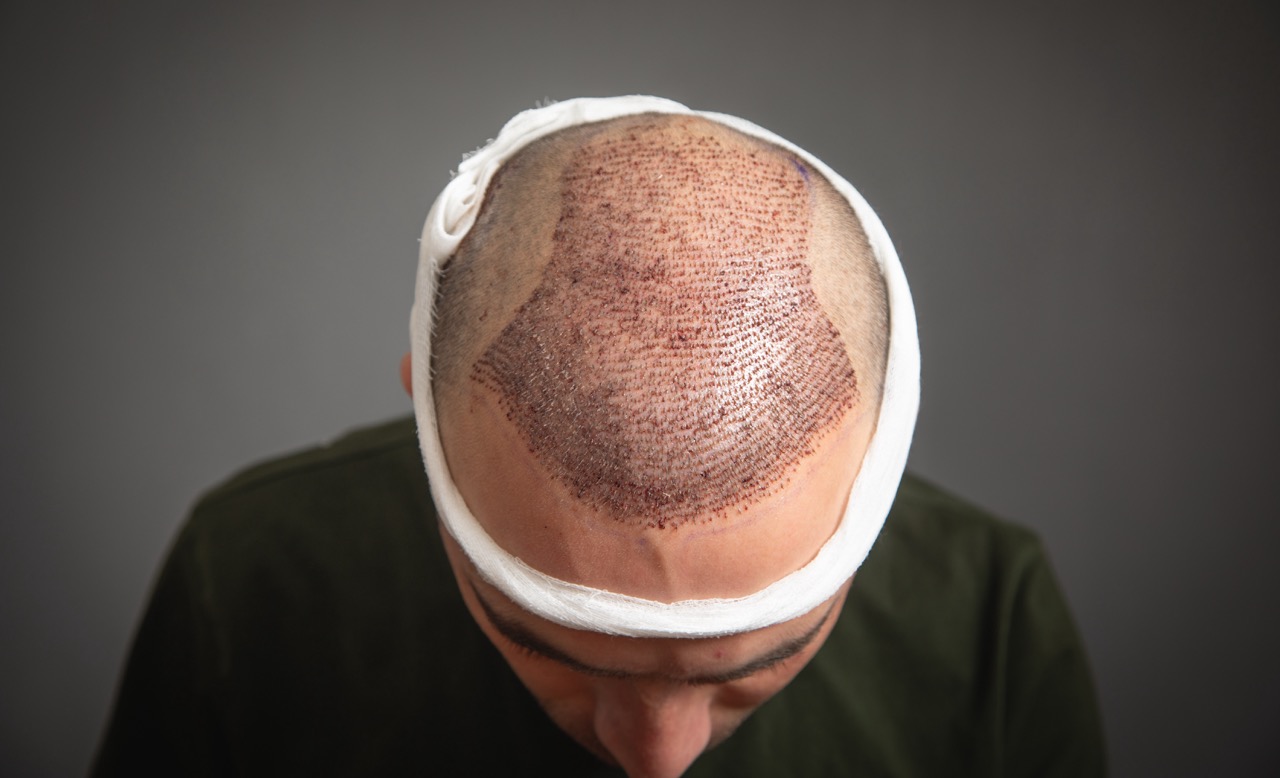Minimizing Scarring After a Hair Transplant: Techniques and Care
Minimizing scarring after a hair transplant is a key concern for many patients considering hair restoration. Modern techniques like FUE (Follicular Unit Extraction) and DHI (Direct Hair Implantation) have made it possible to achieve natural results with minimal or no visible scars. However, proper care and the expertise of your surgeon play a crucial role in ensuring the best outcome.
At Tour Medical, we connect you with Turkey’s leading clinics specializing in advanced, minimally invasive procedures. Here’s everything you need to know about reducing scarring and achieving a flawless result.
What Causes Scarring in Hair Transplants?
Scarring can occur as a natural part of the healing process when hair follicles are extracted and implanted. The extent and visibility of scarring depend on factors like:
- Technique Used
- FUE creates tiny puncture marks that typically heal to become invisible.
- Older methods, like FUT (Follicular Unit Transplantation), leave linear scars.
- Skin Type
- Some individuals are more prone to scarring due to their skin's healing properties.
- Surgeon’s Expertise
- Skilled surgeons can minimize trauma to the scalp, resulting in less visible scars.
- Aftercare Practices
- Proper aftercare is essential for optimal healing and reduced scarring.
Techniques for Minimizing Scarring
Modern hair transplant methods are designed to minimize scarring:
1. FUE (Follicular Unit Extraction)
- Individual hair follicles are extracted using a micro-punch tool.
- Leaves tiny, round scars that are barely noticeable, even with short hair.
2. DHI (Direct Hair Implantation)
- Uses the Choi Implanter Pen for precise implantation without pre-made incisions.
- Causes minimal trauma to the scalp, further reducing the risk of visible scarring.
3. Sapphire FUE
- A refined version of FUE using sapphire blades for smaller, cleaner incisions.
- Promotes faster healing and less scarring.
Aftercare Tips to Minimize Scarring
- Follow Post-Procedure Instructions
- Use prescribed shampoos and lotions to keep the scalp clean and moisturized.
- Avoid touching or scratching the treated areas.
- Protect Your Scalp
- Avoid direct sun exposure for at least two weeks after the procedure.
- Wear a loose-fitting hat to shield the scalp if necessary.
- Avoid Physical Strain
- Refrain from strenuous activities or heavy lifting during the first week post-transplant.
- Stay Hydrated and Maintain a Healthy Diet
- Proper nutrition and hydration promote faster healing.
- Use Medications as Directed
- Apply any topical creams or take prescribed medications to reduce inflammation and aid healing.
- Regular Check-Ups
- Follow up with your clinic to monitor progress and address any concerns.
Why Choose Turkey for Scar-Free Hair Transplants?
Turkey is a global leader in hair restoration, offering advanced techniques that prioritize natural results with minimal scarring. Here’s why:
- Expert Surgeons
- Specialists with years of experience in FUE, DHI, and Sapphire FUE techniques.
- Affordable Pricing
- Procedures in Turkey are up to 70% cheaper compared to the UK or Ireland.
- State-of-the-Art Clinics
- Equipped with the latest tools and technology to ensure optimal results.
- Comprehensive Care
- All-inclusive packages include aftercare products and follow-up consultations.
FAQs About Minimizing Scarring After a Hair Transplant
- Does FUE leave visible scars?
FUE leaves tiny, round scars that are typically undetectable, even with short hair. - Which method has the least scarring: FUE or DHI?
DHI causes less trauma to the scalp, potentially resulting in even fewer visible scars. - How long does it take for scars to heal?
Scars usually heal within 1-2 weeks, becoming less noticeable over time. - Can scars from older methods like FUT be corrected?
Yes, techniques like scalp micropigmentation can help conceal FUT scars. - How can I ensure proper healing?
Follow your surgeon’s aftercare instructions and attend all follow-up appointments. - Does skin type affect scarring?
Yes, some individuals are more prone to visible scarring due to their skin’s healing properties. - Can hair transplants be done without any scars?
While all procedures leave some form of scarring, modern methods make them nearly invisible. - Do scars fade over time?
Yes, with proper care, scars fade and blend with the surrounding skin. - Is scarring different for beard or eyebrow transplants?
Scarring is minimal and similar to FUE, as these procedures also use micro-punch tools. - What role does the surgeon play in minimizing scars?
A skilled surgeon ensures precise incisions and minimizes scalp trauma, reducing the risk of visible scars.
Why Choose Tour Medical?
At Tour Medical, we connect you with clinics in Turkey that specialize in scar-minimizing techniques like FUE, DHI, and Sapphire FUE. Our partner clinics hold Health Tourism Authorization, ensuring high standards of safety and care.
What we offer:
- Expert guidance in choosing the right clinic and technique.
- Comprehensive packages including aftercare products and follow-ups.
- Seamless logistics, from arrival to departure.
For more information about hair transplant options and aftercare, visit Tour Medical’s treatments page. Let us help you achieve natural, scar-free results with confidence!
 English
English














